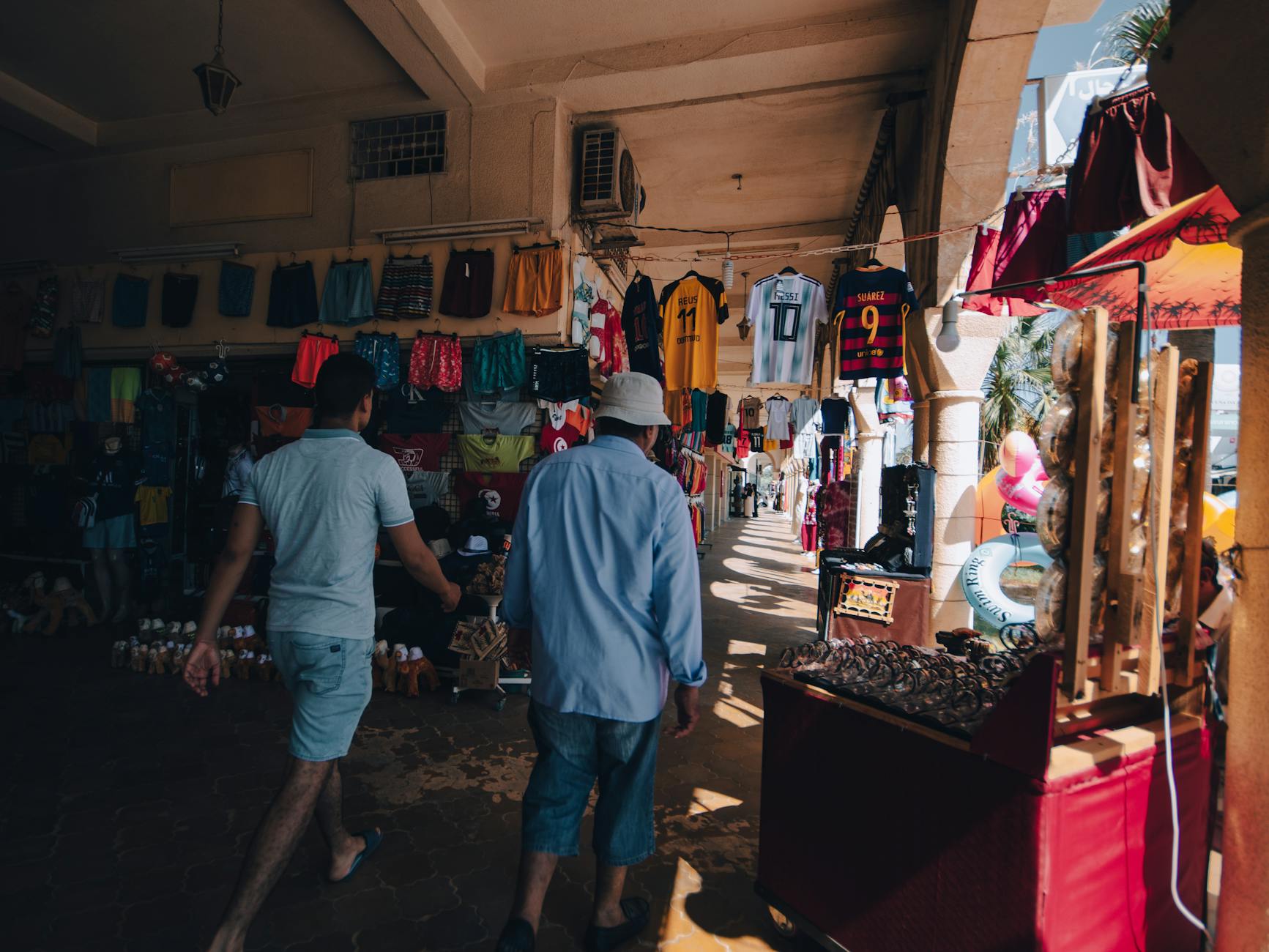How to Protect the Great Barrier Reef with Sustainable Sunscreen Choices in Australia

Why Sustainable Sunscreen Matters
As an adventurer, safeguarding our precious environments, like the Great Barrier Reef marine parks, is important to me. When selecting sunscreen, sustainability should be a key consideration, particularly in marine-rich locales that are prone to environmental damage.
Impact on the Reef Ecosystem
Many sunscreens contain chemicals harmful to marine life, contributing to coral bleaching. While exploring sites like the Great Barrier Reef, I've learnt that protecting these ecosystems begins with conscious choices baby sunscreen. Opt for mineral-based sunscreens containing zinc oxide or titanium dioxide. These alternatives are less likely to harm aquatic life.
Recognizing Harmful Ingredients
Checking labels is essential in avoiding sunscreens with oxybenzone and octinoxate, which are notorious for negatively impacting marine environments. Understanding the ingredients ensures that you select a product that respects both your skin and our surroundings. It's a small but significant step towards preserving nature.
Benefits of Eco-Friendly Choices
Eco-friendly sunscreens with natural ingredients not only minimise environmental harm but also offer reliable protection. As I've roamed through the eco-tour docks at Trinity Inlet, I've seen growing initiatives where sustainability is celebrated, reminding me that such choices resonate with individual actions. Using eco-friendly sunscreen supports these initiatives, making a meaningful impact while enjoying the outdoors.
Choosing the Right Product
Key Ingredients to Look For
When selecting the ideal sunscreen for your outdoor adventures, especially if you find yourself near places like the Great Barrier Reef marine parks, it's crucial to consider ingredients that are both effective and eco-friendly. One standout ingredient to keep an eye on is zinc sunscreen. Known for its broad-spectrum protection, zinc acts as a physical barrier, reflecting harmful UVA and UVB rays away from the skin. It's not only highly effective but also gentle, making it suitable for those with sensitive skin. Additionally, zinc is considered reef-safe, aligning perfectly with sustainable tourism initiatives across Cairns Esplanade, ensuring our natural wonders remain unharmed.
Understanding SPF and Labels
Navigating through sunscreen labels can be daunting, but a focus on SPF can simplify your choice. Opt for a sunscreen with an SPF of at least 30, ensuring comprehensive protection during extended outdoor activities. Understanding that SPF measures protection against UVB rays is essential, but it's equally important to ensure your product states "broad-spectrum" on the label. This indicates added defence against UVA rays, too.
Sport-Friendly Application Options
For someone like you who thrives on dynamic and fast-paced activities, selecting a sport-friendly application method is vital. Consider spray or stick forms, which offer convenience and ease of use, ensuring you remain active without interruption. These options allow for a quick reapplication, an important factor when you’re mid-game or engaging in vibrant outdoor exploration around places like the Trinity Inlet. By embracing practical and sustainable sun protection solutions, you not only shield yourself from harmful rays but also deepen your connection with nature's beauty.
Practical Application Tips
Effective Sunscreen Application
Applying sunscreen correctly is essential for protection, especially when exploring places like the Great Barrier Reef marine parks. As an Aussie who loves a day under the sun, I start by using a generous amount of natural sunscreen to cover all exposed skin areas thoroughly. Pay special attention to often-missed spots like the ears, neck, and the tops of the feet. For those adventurous trails or coastal sports, I recommend using a sunscreen that's water-resistant and offers broad-spectrum protection. Look for formulations that include zinc oxide or titanium dioxide, as they provide a physical barrier against harmful UV rays.
Reapplication During Sports
Being under the sun for extended periods means reapplying sunscreen is crucial. Every two hours is a good rule, but if you're swimming or sweating, reapplication should be more frequent. This ensures that your skin remains protected throughout your outdoor adventures, be it kayaking through Trinity Inlet or hiking around Cairns Esplanade. Keep a compact sunscreen bottle in your backpack or sports gear for quick top-ups.
Making It Part of Routines
Incorporate applying sunscreen into your daily rituals, just like you would with brushing your teeth. Whether heading out for a jog or organising a youth sports event, create a habit of putting on sunscreen. Encourage your mates or students to apply it together, making it a fun, shared activity before stepping outside. Consistent use will safeguard everyone’s skin, letting you focus on enjoying those sunlit escapades without worry.
Challenges in Sunscreen Selection
Navigating Misleading Labels
Choosing the right sunscreen for kids can be quite challenging, especially with the abundance of misleading labels that can obscure important information. Many products boast being 'natural' when they actually include synthetic additives that can be harmful to both skin and the environment. When searching for a kids sunscreen, it's essential to scrutinize the ingredient list and verify certifications. Look for sunscreens that prominently feature zinc oxide and avoid those laden with complex chemicals or fragrances, which can trigger skin sensitivities. Some products might reflect misleading SPF numbers, which do not necessarily equate to extended protection. Remember, a higher SPF doesn't always mean you can apply the sunscreen less frequently. Prioritising a broad-spectrum sunscreen that provides balanced protection against both UVA and UVB rays is key.
Overcoming Resistance to Use
Overcoming resistance to using sunscreen in children is another significant hurdle. Kids often dislike the thick, greasy feel of traditional sunscreens. Opt for formulations that are water-based or offer spray applications for easier coverage, particularly during energetic outdoor activities. Highlighting the fun side of sun protection, perhaps by involving them in the selection process, might also boost usage among students.
Tackling Allergic Reactions
Allergic reactions can be a deterrent for consistent sunscreen application. Products formulated with hypoallergenic ingredients reduce this risk, particularly those free from chemical filters and synthetic preservatives. Pay close attention to your child's skin reactions and be ready to switch products if irritation occurs after application.
Sun Safety Education Practices
Teaching Students the Importance of Sun Safety
In our endeavour to protect the jewel that is the Great Barrier Reef, it's paramount to engage the young adventurers in understanding the direct impact of sunscreen without chemicals on marine life. Imagine educating students while docking at the eco-tour docks of Trinity Inlet, where they can make connections between what they apply on their skin and the health of marine biodiversity. A hands-on approach, such as field trips that incorporate comparative studies on traditional vs. natural sunscreen varieties, would be invaluable.
Integrating Sunscreen into Daily Outdoor Habits
Embedding the application of natural sunscreens into daily habits is crucial for outdoor enthusiasts who revel in the beauty of the Cairns Esplanade. Consider keeping a travel-sized bottle of sunscreen in your hiking pack or cycling gear. Treat it as a non-negotiable part of preparation, much like a water bottle or a hat. When trekking through lush trails, make reapplication a routine—think of it as pausing to hydrate, but for your skin's well-being.
Peer Advocacy and Community Involvement
Championing sun safety can ripple out across communities when we encourage peer advocacy. Hosting local workshops at community hubs to educate about the benefits of zinc oxide sunscreen relative to their chemical counterparts can create a more aware and conscientious traveller. Partner up with sustainable tourism initiatives to build awareness and share practices that support marine conservation and personal health. This peer-driven approach can enhance tourism experiences while safeguarding our stunning natural landscapes.


